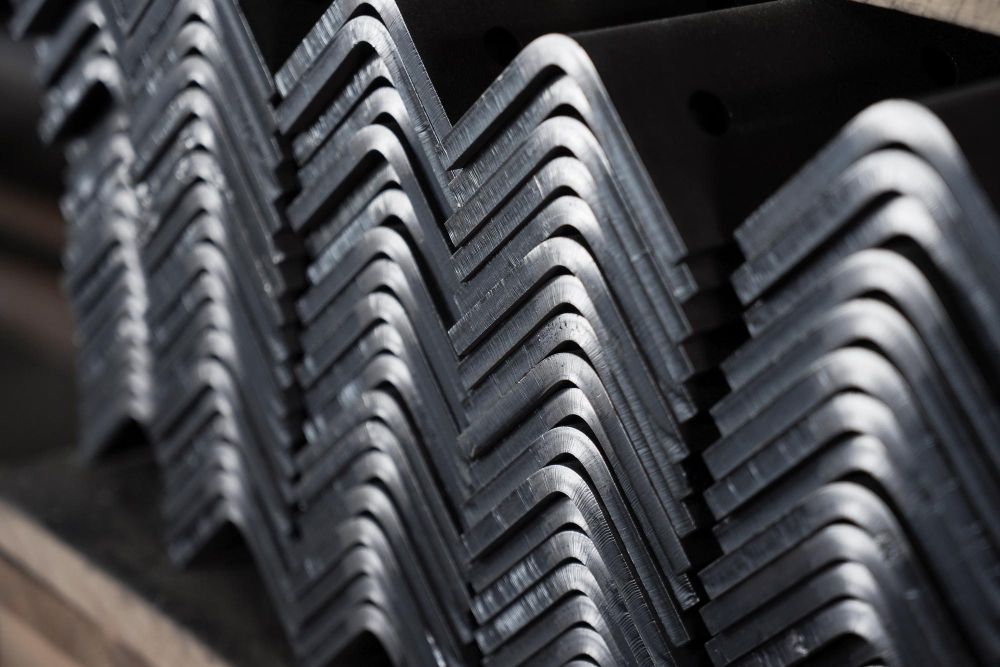When it comes to construction, manufacturing, and various industrial applications, steel stands out as a fundamental material. Its versatility shines through in two main forms: sheet metal and plate metal. Each serves distinct purposes and comes with its unique set of properties. Understanding these differences can significantly impact the efficiency and outcome of any project. Choosing the right type of steel and the right supplier, particularly a reputable sheet pile supplier, plays a crucial role in your project’s success.
Distinguishing Steel Sheet Metal
Steel sheet metal stands out as a versatile material, occupying the space between the delicacy of foil and the robustness of the plate. It’s identified by its thickness, which falls within a specific range: more than 0.5mm but no more than 6mm. This categorization helps differentiate when a material transitions from being considered foil, at a mere 0.2mm thickness, to becoming sheet metal and eventually into plate metal once it surpasses 6mm in thickness. The versatility of steel sheet metal is evident in its various forms—it can be presented as perforated, corrugated, or as expanded metal with a flat or raised surface, broadening its utility across numerous applications.

Exploring Steel Plate Metal
Transitioning to steel plate metal, this material is defined by its substantial thickness, starting at 6mm. Steel plates are typically measured in inches for their thickness, unlike sheet metal, which is quantified by gauge. The carbon content categorizes this thicker form of metal into low, medium, and high-carbon steel plates, directly influencing the strength and hardness of the plate. Steel plates are indispensable in several critical applications, playing pivotal roles in structural foundations, heavy machinery, bridges, and reinforcing supports. Their significance in construction and industrial projects cannot be overstated, often requiring the expertise of a sheet pile supplier to ensure the material meets the specific needs of each project.
Steel Sheet Metal Processing Techniques
The methods for shaping steel sheet metal fall into two primary categories: hot-rolled and cold-rolled processes.
- The Heat Approach with Hot-Rolled Sheet Metal- Choosing the hot-rolled technique means embracing a process that enhances the steel’s malleability and toughness. In this budget-friendly method, the steel is heated until it becomes malleable enough to shape and size according to the project’s requirements. Its applications are broad, fitting well into projects that range from metal frames in vehicles to the sturdy pipes and tubes needed in construction. Hot-rolled steel shines in scenarios where precision isn’t the top priority, but durability and flexibility are.
- The Precision Path with Cold-Rolled Sheet Metal- Cold-rolled sheet metal stands out for its increased yield strength compared to its hot-rolled counterpart. Sheet pile suppliers claim this processing method takes the steel through a cooling phase at room temperature, resulting in a product that boasts superior precision and strength. With its refined surface finish, cold-rolled steel is the material of choice for projects that demand exact dimensions and a polished look, such as metal furniture, structural components, and various home appliances.
Deciding On The Thickness Of Steel Metal
Selecting the appropriate metal thickness or gauge is critical to the success of any project. The gauge system helps to specify the thickness of sheet metal, with lower numbers indicating thicker sheets. The range commonly extends from 7 to 28 gauge. Opting for the right gauge is a balancing act; a gauge too thick might hinder the fabrication process, while one too thin could compromise the structure’s integrity. Thus, understanding the specific needs of your project is vital in choosing the most suitable gauge.
A Closer Look At Sheet And Plate Metal Materials
Beyond the basic categorization into steel sheet and plate metal, there exists a variety of material types, each suited to different applications and requirements.
- Aluminum Sheet and Plate: Known for its lightweight and corrosion resistance, aluminum is a versatile choice for a myriad of projects.
- Stainless Steel Sheet and Plate: Its strength and resistance to corrosion make this material celebrated, rendering it perfect for both structural and aesthetic applications.
- Brass Sheet and Plate: Brass, often the preferred choice for decorative elements and applications requiring low friction, offers a unique blend of workability and durability.
The Importance Of A Reliable Sheet Pile Supplier
In the journey to select the right materials for your project, partnering with a dependable sheet pile supplier becomes invaluable. Such a partnership ensures access to premium materials and expert guidance, helping to steer your project toward success. A sheet pile supplier with a solid reputation can provide not only the materials you need but also the insights to choose wisely between sheet and plate metals, gauge thickness, and material types, ensuring your project benefits from the best of what steel has to offer.
Get Started With Bigfoot Pipe And Piling Today
Discover the difference that quality makes with Bigfoot Pipe And Piling, your trusted sheet pile supplier. Whether your project demands the unmatched durability of steel sheet piling or the precision of custom fabrication, we stand ready to meet your needs. With a commitment to excellence and customer satisfaction, we offer a comprehensive range of materials to ensure your project’s success. Don’t let material selection slow you down.
